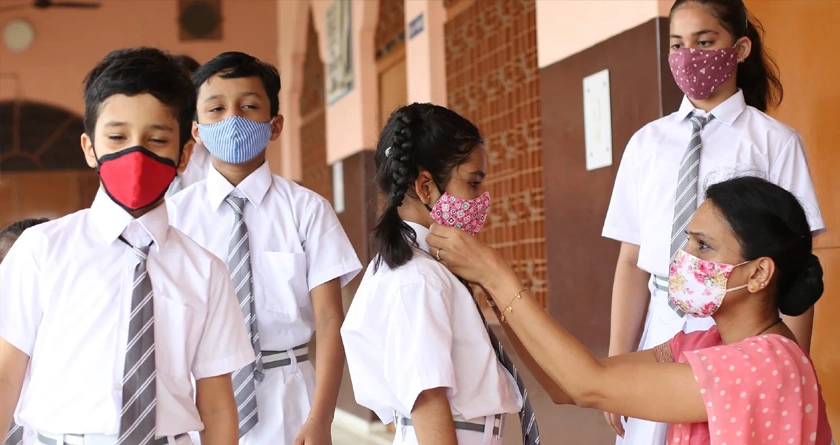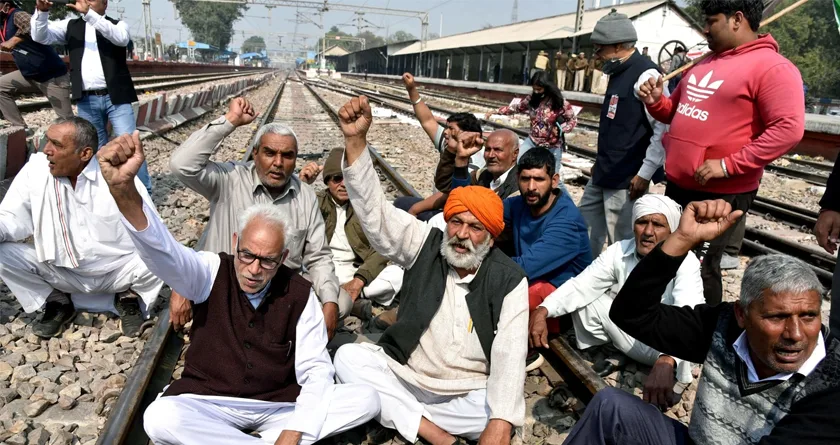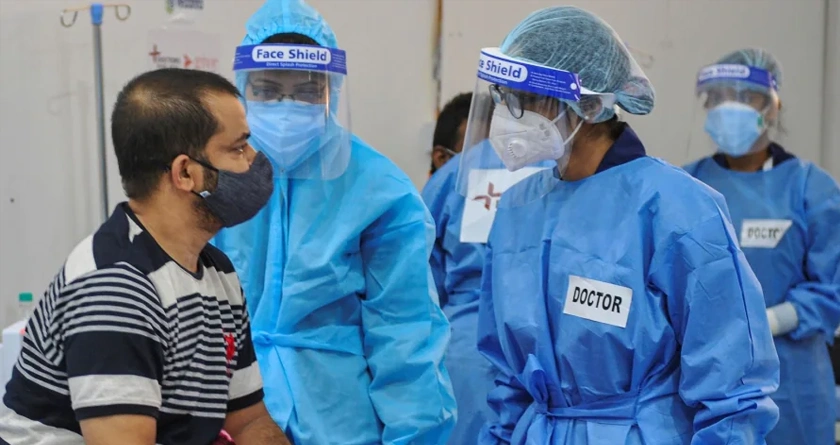
Second ‘National Wave’ of COVID-19 in India is Over, Next Waves Will be Smaller, Localised
Latest updates of covid-19
Friday, 24th September 2021
In terms of science, India's second "national wave" of the COVID-19 epidemic has passed. The weekly rolling average of new COVID-19 cases has settled at 35,000, with a TPR of around 2%. With the exception of a few blips here and there, the effective reproduction number, often known as the R-factor, has been below 1 for several weeks. The sero-prevalence in the fourth nationwide sero-survey (which ended on June 25) revealed that two-thirds of the Indian population had antibodies and were thus protected.
It has been three months since the survey; some more natural COVID-19 infections have been reported, though at a much lower rate; vaccine coverage has improved; and two-thirds of the adult population has received at least one shot of COVID-19 vaccine; and it is very likely that 80% or more of the Indian population is immune to the virus, either through natural infection or vaccination.
The important thing to note is that while the ‘national wave' may be finished with all of these factors, the COVID-19 pandemic in India is still ongoing.
What do the daily new instances imply if the second wave is over? Daily new cases imply continued persistent transmission, a fresh baseline, and reflect local COVID-19 waves at the state and district levels. There are almost 70 districts in India that have recorded a TPR of 5% or above, as well as continuous transmission. These local waves are still affecting Kerala, Maharashtra, and a few Northeastern states like Manipur.
Recent trends should prompt our politicians and health experts to take a fresh look at pandemic preparedness and response in India. It's time to consider future COVID-19 waves from a subnational standpoint. Although a pan-India wave of COVID-19 is unlikely, sub-national or localised waves cannot be ruled out.
The News Talkie Bureau
Source
News18











